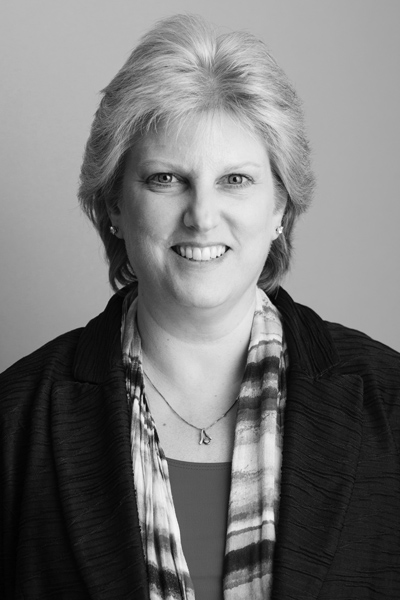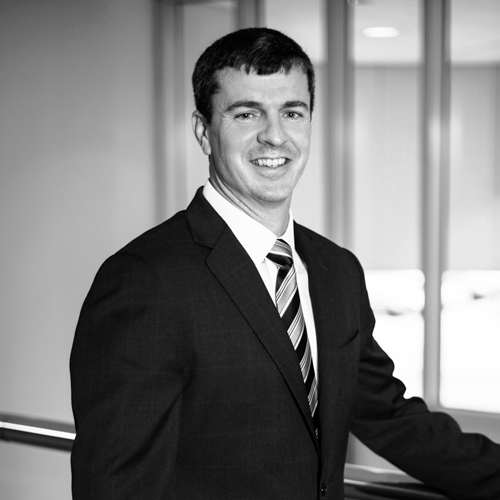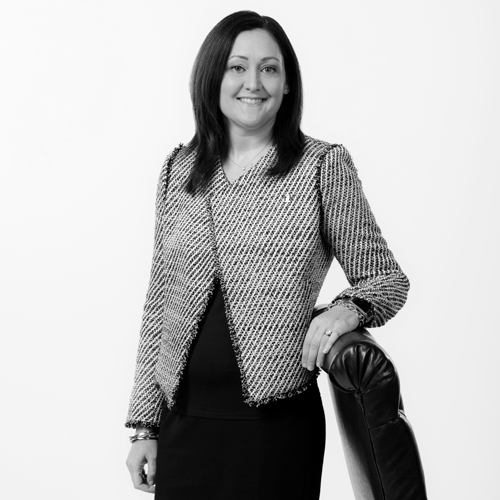
At the beginning of 2016, Panasonic Healthcare (recently renamed PHC) purchased Bayer AG’s Diabetes Care business, immediately creating a massive impact in the diabetes care industry. But the changes for the team didn’t end there. Rather than integrate into Panasonic Healthcare, the newly formed Ascensia Diabetes Care business was spun out as an independent company, allowing it to further develop innovative, high-quality solutions. While the move will soundly position Ascensia to better the lives of millions of individuals fighting the effects of diabetes in more than 125 countries where their products are available, such rapid change resulted in major challenges when it came to culture and cohesion.
But Myra Rosen, Ascensia’s global head of human resources and communications and a member of the Ascensia Executive Management Board, has worked with her team to develop a plan that has been essential to the smooth transition. “It’s an evolution, not a revolution,” Rosen says. “We’ve spent time to determine what environment people excel in and what the company can do well, and then expanded from there. People can fuel it organically, and we have seen that they’re energized and want to be involved.”
The organic nature of the change proved to be a necessary aspect of the split from Bayer, not only for the organization as a whole, but also for Rosen’s team. At Bayer, there were HR business partners and communications leads for each country. However, they were not dedicated to the diabetes care business, so they were not part of the transition. Only three HR team members and one team member from communications transferred to Ascensia after the move, so Rosen took the opportunity to build an HR and communications team from scratch, one that could move fluidly and skillfully to meet the needs of the business. The team now stands at about fifty members. Additionally, the much larger Bayer had solutions in place to assist in taking care of operational aspects of HR and communications.
As Ascensia separated, Rosen and her team needed to find innovative solutions without the same support platforms available. “We needed to make sure the basics such as payroll were taken care of,” Rosen explains. “When you carve out a business, HR needs to be functioning as normal within the first weeks in order to make sure people are paid and the like. On the communications side, it was critical to our business continuity that we kept employees informed and updated during this time of significant change, so we needed to establish internal communications channels and processes right away. In a sense, we were laying the floor while we were trying to walk across the room.”
All of these challenges required an agile, collaborative approach and leaders with a diversity of skills. It helped that Rosen joined Bayer in diabetes care more than a decade ago, after a short stint consulting for the organization.
Even before joining Bayer, Rosen had established a long history in the healthcare field—dating back to her high school job working in a doctor’s office. In between, she held roles as a manager of training and development for a property and casualty insurance company, a decade as senior director of human resources at Medco Health Solutions (now part of Express Scripts), and was president of MLR Coaching, her own company in which Rosen supported high-performing corporate executives, Fortune 100 companies, and small business owners to maximize their personal leadership.
Rosen’s extensive experience with the organization and in the healthcare industry was a strong base, but Rosen’s background in staffing, training, compensation, and organizational development, as well as a degree in psychology, meant that she could ensure that the growing team could adapt and adjust as needed. Rosen was able to find the right strengths and skills to apply to each challenge—both for the HR and communications functions, as well as the company at large.
When first building out Ascensia’s new structure, Rosen’s background and unique perspective helped consolidate those strengths even further by adding communications under her purview. Her affinity for crossing borders between functions and adept communication with stakeholders made her the logical fit, and this strategic decision quickly paid dividends.
“My perspective is that one of the critical roles of the head of HR should be enabling others in various business settings and finding their strengths,” she explains. “At the same time, the key to communications is effectively delivering messages and engaging stakeholders, which is a vital skill in HR when it comes to employees. Because of this overlap, it made sense to bring the two functions under one leader, especially during a time of intense change for the organization. At the end of the day, the role I truly love best is being a coach and a business partner, whether that’s in HR or communications.”
That growth and change didn’t end with the placement of the communications function, either. As Ascensia has quickly progressed since its establishment, Rosen has needed to ensure that not only were those successes communicated with the entire organization, but also needed to ensure the growth strategy was constantly updated to keep current business needs top of mind. “We needed to bring in new skill sets, innovate for technology, and continue to think about our products and services,” Rosen says. “This means a focus on hiring new talent, developing the skills of our existing employees, and continuing to communicate our business strategy and vision to ensure that all employees are behind it.”
And rather than make those decisions in a business vacuum, Ascensia continues to rely on strong communication with its customers as well as within the organization. Rosen gathers customer feedback from internal and external customers to understand their needs and whether or not the team and organization are meeting those needs.
Arching over all of these efforts is what Ascensia has called a culture evolution program, a project deemed to be more than merely an HR topic or a communications topic. There’s no end to the organization’s growth in sight, and that means Ascensia’s culture will be evolving right along with it. One major phase of the program involved distributing employee surveys, holding conversations at the leadership level, and communicating the findings in culture discussions throughout the organization.
“We have seen impressive levels of engagement from employees in this activity,” Rosen explains. “The employee survey was completed by 89 percent of employees, and we held more than one hundred culture talks with almost one thousand employees, which is around 60 percent of our workforce.”
After these culture talks, a network of culture champions has been created as ambassadors that embody the consensus-built culture and core values for others. “We want to reinforce behaviors that create an environment in which people can excel,” Rosen says. “That will naturally expand so that every employee becomes a culture champion.”
The approach of involving employees throughout was critical to the program. “Our culture evolution program is an example of how we are trying to build the organization and culture that will help us succeed as an independent business,” Rosen explains. “I believe that culture must be developed organically and cannot be imposed from above, which is why we have encouraged involvement from as many people as possible and used their input to define its future direction.”
Between local and global get-togethers reaching upwards of one thousand employees each time, news distributed through the Ascensia intranet and the use of Yammer to connect global offices and allow two-way communication. Rosen and her team are looking for any opportunity to connect with employees to keep that process moving. Employees are spread across thirty countries and speak many different languages, but the cohesive connection between HR and communication strategies have already laid a solid groundwork.
It all goes back to Rosen’s passion for empowering people in their roles, no matter who they might be. “Empowerment and accountability are the drivers for Ascensia. I see myself as somebody who unblocks whatever hurdles may be in front of them,” she explains. “We have stayed focused on what the business needs were and made sure everyone understood our mission, vision, and values that were created by our employees. We wanted to ensure everyone could identify with the culture and that is helping us see results.”
Photo: Paul Epp

